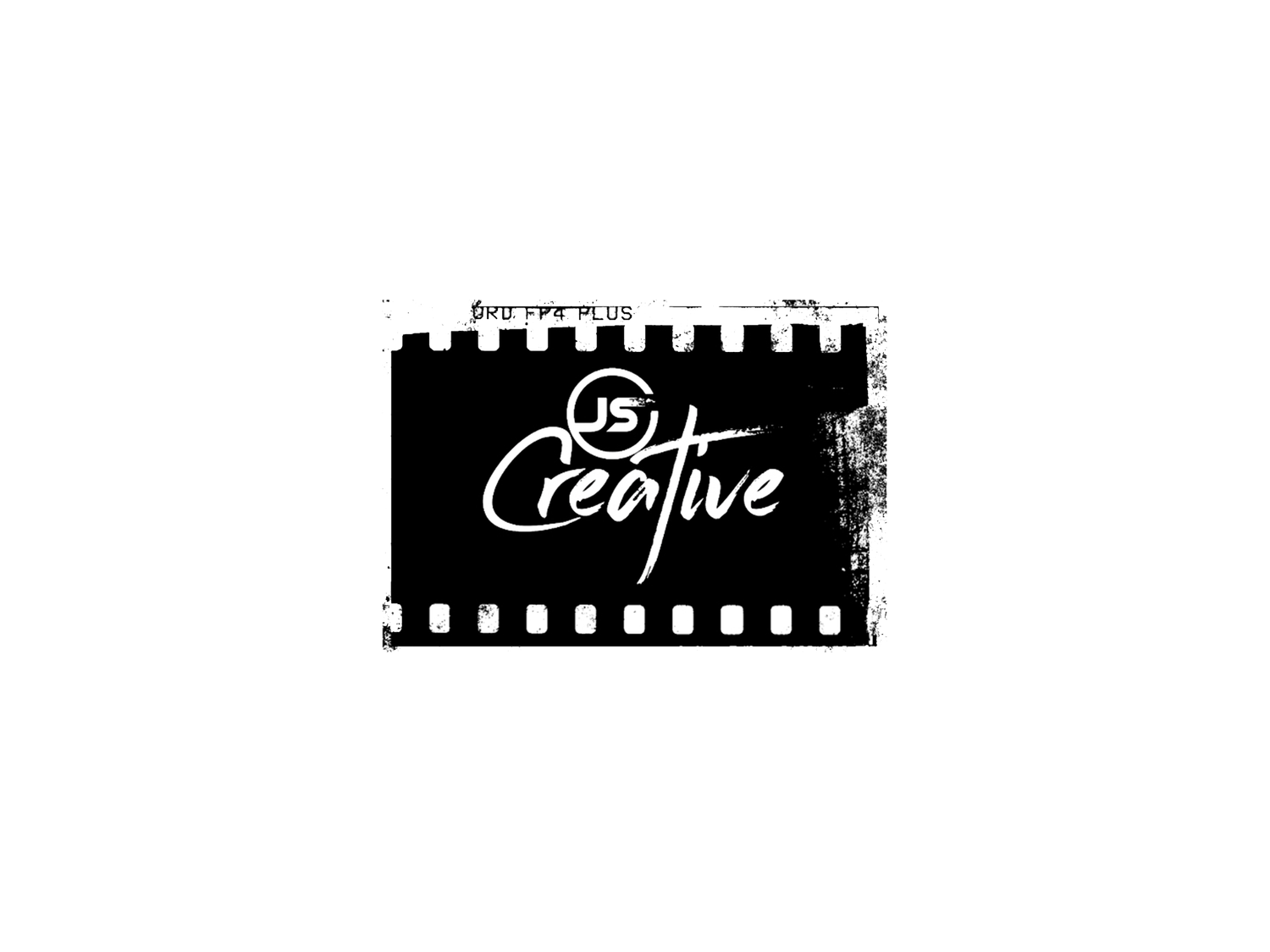Capturing Moments Through Time: A Journey into the History of Cameras
Introduction:
Cameras have become an integral part of our lives, allowing us to freeze moments in time and preserve memories for generations to come. The evolution of cameras is a fascinating journey that spans centuries, from the earliest pinhole cameras to the sophisticated digital devices we use today. In this blog post, we will embark on a historical exploration of cameras, tracing their development and transformation over the years.
The Birth of Photography: 19th Century Pioneers
The inception of photography can be traced back to the early 19th century when inventors and visionaries sought to capture images in a more permanent form. In 1826, Joseph Nicéphore Niépce achieved a major breakthrough with the creation of the world's first permanent photograph, titled "View from the Window at Le Gras." Niépce's process involved coating a pewter plate with bitumen of Judea, exposing it to light, and using a solvent to reveal the captured image.
Building upon Niépce's work, Louis Daguerre, in collaboration with Niépce's partner after his death, developed the daguerreotype process in 1839. This marked a significant leap in the history of photography, as it allowed for sharper and more detailed images to be produced.
The Rise of Portable Cameras: 20th Century Advancements
As the 20th century dawned, cameras began to evolve into more portable and accessible devices. George Eastman played a pivotal role in this transformation with the introduction of the Kodak camera in 1888. The Kodak camera was the first consumer camera that came pre-loaded with film, making photography more user-friendly and accessible to the general public.
Over the decades, technological advancements continued to shape the world of cameras. The introduction of 35mm film in the 1920s by Leica revolutionized photography, allowing for smaller, more portable cameras. This era also saw the birth of the iconic Polaroid camera, invented by Edwin Land in 1948, enabling instant photo development.
The Digital Revolution: 21st Century Innovations
The turn of the 21st century marked a monumental shift in the history of cameras with the advent of digital technology. Film cameras gave way to digital cameras, offering users the convenience of immediate image capture, storage, and manipulation. The first commercially successful digital camera, the Kodak DC40, was launched in 1995, paving the way for a new era in photography.
Smartphones emerged as the next frontier in the digital photography revolution. With increasingly sophisticated built-in cameras, smartphones became ubiquitous tools for capturing and sharing moments. The convenience of having a high-quality camera in our pockets has transformed the way we document our lives.
Future Horizons: Artificial Intelligence and Beyond
As we look toward the future, cameras are likely to continue evolving with cutting-edge technologies. Artificial Intelligence (AI) is playing an increasingly significant role in enhancing image processing, enabling features such as facial recognition, augmented reality, and computational photography. The integration of AI is poised to redefine how we capture and interact with images.
Conclusion:
The history of cameras is a testament to human ingenuity and our desire to capture and share the world around us. From the early experiments of Niépce to the digital wonders of the 21st century, cameras have evolved to become indispensable tools in our daily lives. As technology continues to advance, the future promises even more exciting developments in the world of photography, ensuring that the art of capturing moments will remain a vibrant and ever-changing journey through time.

